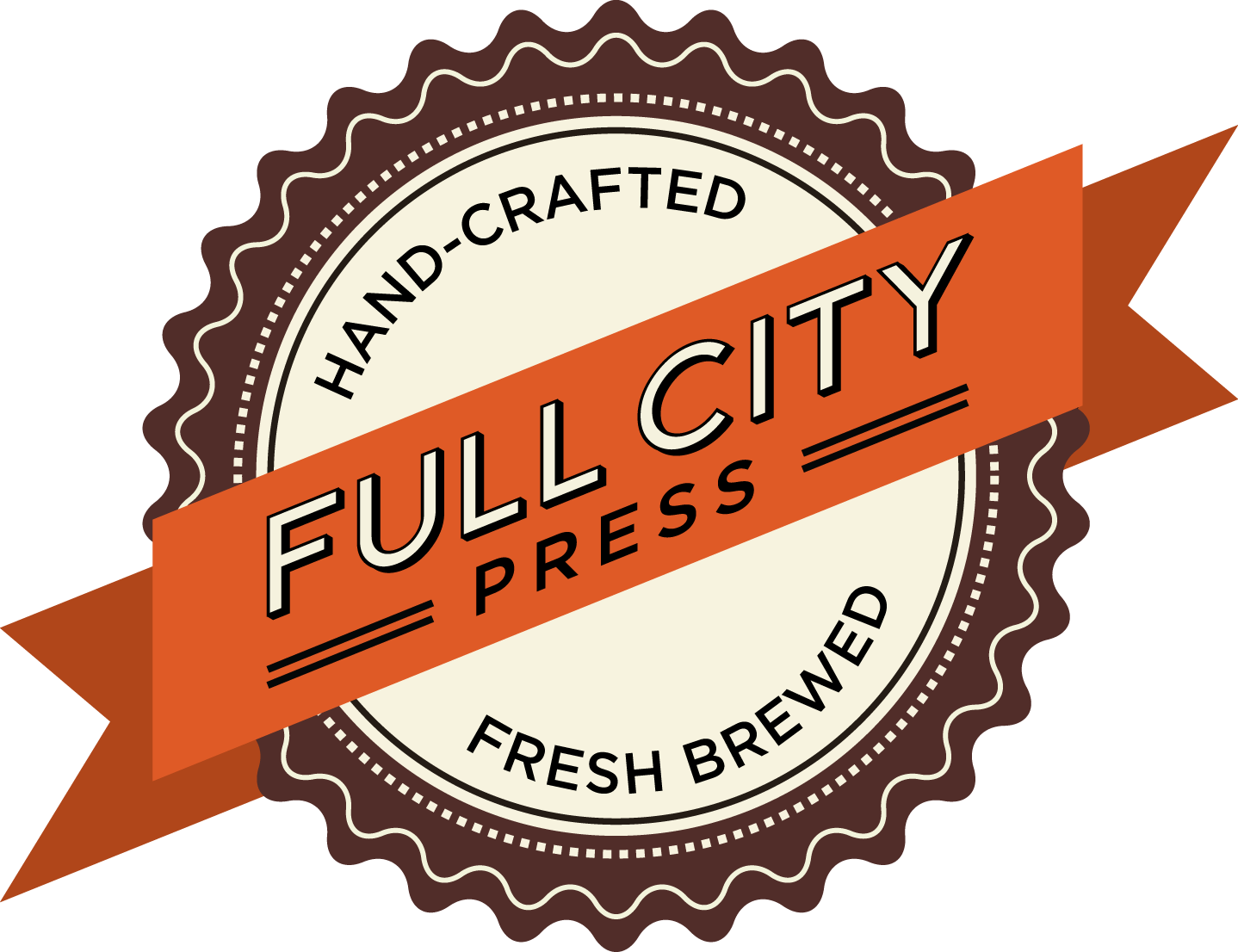I've been meaning to write up my usual WWDC predictions but have thus far been uninspired to do so. I mean, any self-respecting Apple nerd with a website is supposed to write up their prediction list, right? It's written right there on the membership card.
I've just been distracted lately. My free time has been taken up by kiddo activities, church stuff, homeownership stuff, husband stuff, daddy stuff, stuff stuff, and more stuff.
And let's not forget that I have had a terrible track record for previous prediction lists. So call me a little jaded.
So here I am on eve before the keynote not wanting to write about predictions that will likely be regurgitation of all the rumor blogs, or dead wrong. Or both.
Instead, I am just going to share the hopes of what I'd like to see announced. After all, S stands for hope. So let's go pick some low-hanging fruit from the Apple tree.
iOS 8
Everyone's favorite mobile operating system is due for its annual upgrade. Last year was a big change, at least visually, for iOS. This year I hope to see a lot of refinement to the design and existing feature set.
OS X
If the rumor mill is to be believed, OS X is now up for the major interface overhaul like iOS received last year. While I really like OS X as is right now, I am entirely open to change. No matter what happens visually, there are a couple things I want OS X to get this year.
- I adore AirDrop on iOS. It is simple and fantastic and just plain works. OS X's AirDrop has always been…complicated. And the fact that it is not compatible with iOS' AirDrop in any sense is maddening. I'd like to see OS X's AirDrop mimic the simplicity of iOS, and become compatibly with its mobile sibling.
- Since I went on about Siri ad nauseum earlier, I won't do so again, other than to say why do we not have Siri on OS X yet?
- Kill Dashboard. It's a relic and hasn't changed much since OS X 10.4 Tiger.
- But keep things like weather integration, but just toss it in Notification Center for easy access.
- Break iTunes into smaller apps. Have a Music app that does handles music playback and purchasing. Merge the iOS App Store into the Mac App Store (especially since the MAS is already named App Store). Bring back the iSync name for an app for iOS device management. Make a Videos app to purchase and play your iTunes videos.
iCloud
Ah, iCloud. So much promise, so many headaches. This list could easily get carried away, but I'm going to keep it to just a few points.
- More free storage. In 2014, 5GB is paltry. The competition gives a lot more away for free. At the very least give us 5GB per device on our account, instead of 5GB for all of them to share. And give us more bang for the buck on the extra storage options.
- Fix Photo Stream. I don't know how to do it, but do it. It is one of the most confusing aspects of iCloud as a service today.
- Help me to trust iCloud sync by making it easier for developers to support it. Right now it is a black box to developers that they are supposed to trust. That's fine and dandy until it breaks and my data ends up hosed, and developers don't know what happened. Transparency is key here.
Whew, that really did feel like an airing of grievances, but it isn't without merit. Apple's hardware has remained top notch, but there are many aspects of their software and services where things have languished. I think a lot of this is the rigidity of the once-a-year updates. That is an incredibly long time for software, but even longer for services like iCloud.
In a dozen hours we'll see what Apple's engineers have been laboring over. I'm super excited, and can't wait to see if some of the above items come true.
